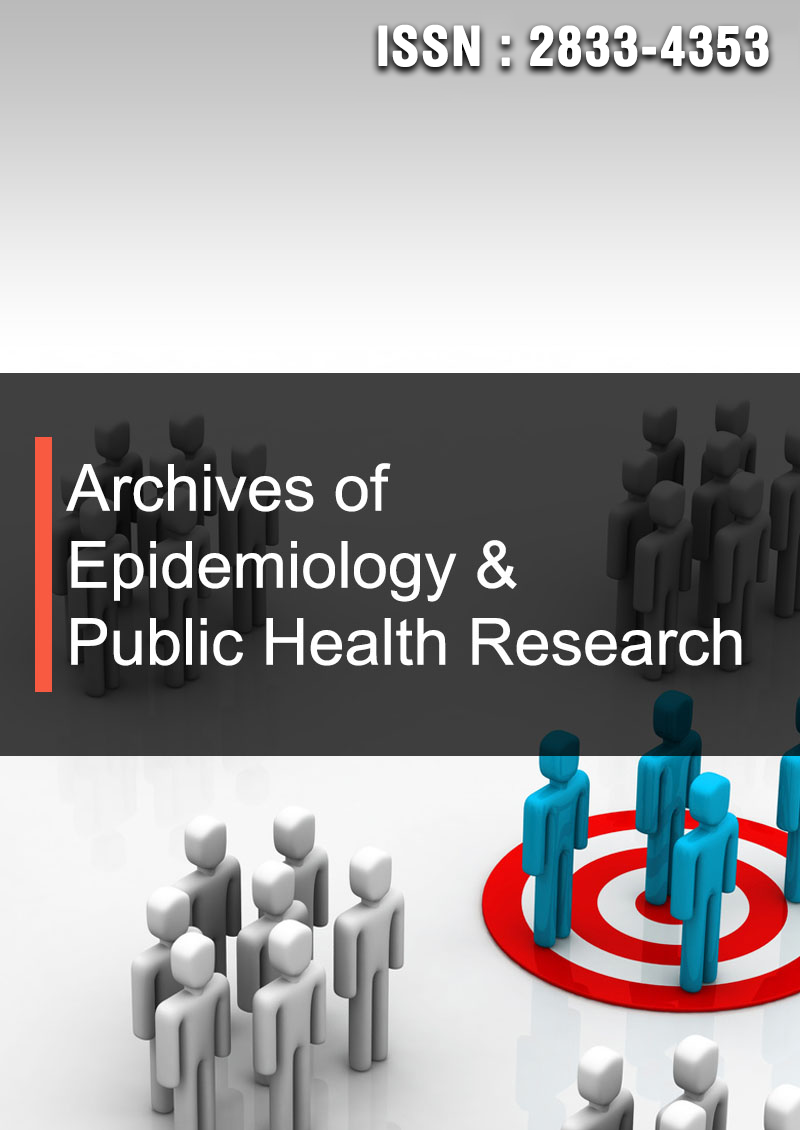Human Exposure to Air Pollution by Particulate Matter, Aeroallergens (Common Ragweed) and Viruses (COVID-19)
Abstract
Irina Mihaela Stoian, Dana Galieta MincÄ, Maria NiÈescu and Simona Pârvu
Atmospheric air pollution, according to the World Health Organization (WHO), can be caused either by changes in the values of air components, or by the presence of various natural compounds not normally found among air components, or by an- thropogenic influence, including particulate matter [PM], in particular [PM2,5]/[PM10]. Results from the literature, published in recent years, have demonstrated the link between air pollution with particulate matter and increased allergenicity of some plants (common ragweed), and also the link with the spread of some viruses (SARS-CoV-2). There are results of studies which consider that particulate matter, constantly present in the atmospheric air, in values which may or may not exceed the maximum permissible concentration (MAC), can act as a source of aeroallergens (common ragweed) and viruses (SARS-CoV-2). The size of respirable particulate matter [PM10] and, in particular by their composition, [PM2,5] are considered to be the most aggressive at alveolar level. However, larger sedimentable particles, once deposited at ground level, are also considered to have a direct relationship with the spread of aero-allergens and viruses, depending on the degree of atmospheric air pollution and climatic conditions (e.g. radiation inversions). In addition, climate change, through the steady increase in atmospheric air temperature in recent decades, changes in air humidity, changes in wind direction and speed, increased concentration of [CO2 ], leads to a long-range spread of respirable and sedimentable particulate in the environment. Thus, it is considered that both short- and long-term exposure of the population to [PM] may be associated with reduced resistance to infection in exposed individuals. This research aimed to identify a possible association between [PM] air pollution, aeroallergens (common ragweed) and vi- ruses (SARS-CoV-2). The research method used was a systematic review of literature, scientific databases. Both studies that considered a direct, important link in terms of the role of particulate matter in the spread of aeroallergens and viruses under the influence of climate change and studies that did not demonstrate a link between them were identified. The results obtained from the selected studies underlying this research are important both in terms of identifying long-term population exposure to air pol- lution by respirable and sedimentable [PM], which can have a significant impact on human health, at lung, cardiovascular and gastrointestinal levels, and in terms of exposure at certain times of the year to significant amounts of aeroallergens and viruses (SARS-CoV-2), when the aeroallergen season precedes/overlaps the influenza season.



